Digital Classroom
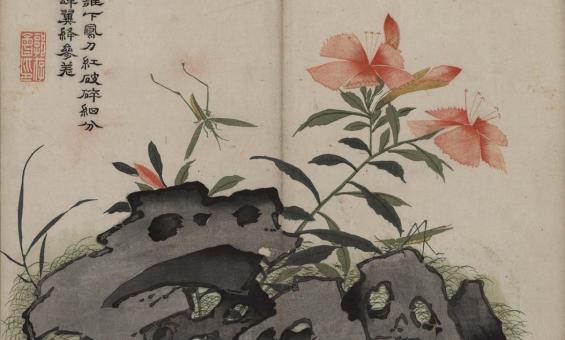
Wang Gai (1645–1707), Painting Manual of the Mustard Seed Garden, Nanjing 1679, National Library of China

The Earl of Elgin's entrance into Pekin on the 24th of October last to sign the Treaty of Peace between Great Britain and China / sketched by our special artist from the An-Tin Gate (Gate of Peace) of the Tartar Quarter, 1861, nla.gov.au/nla.obj-128383685

Atkinson, Robert, 1863-1896. (1889). Sheedy's Castle, Balmoral Beach [picture] / Robt. Atkinson. nla.gov.au/nla.obj-135211215
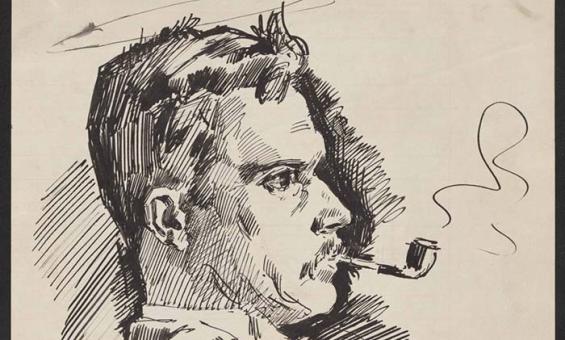
Frank Mahony, [Self-portrait] [picture] / F.P.M., 1900, nla.gov.au/nla.obj-136050024
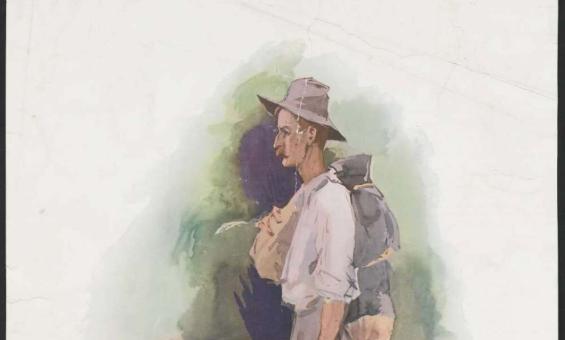
Mahony, Frank, 1862-1916. (1896). Henry Lawson in 1896 [picture] / F.P. Mahony. nla.gov.au/nla.obj-136254778

Atkinson, Robert, 1863-1896. (1889). Sheedy's Castle, Balmoral Beach [picture] / Robt. Atkinson. nla.gov.au/nla.obj-135211215
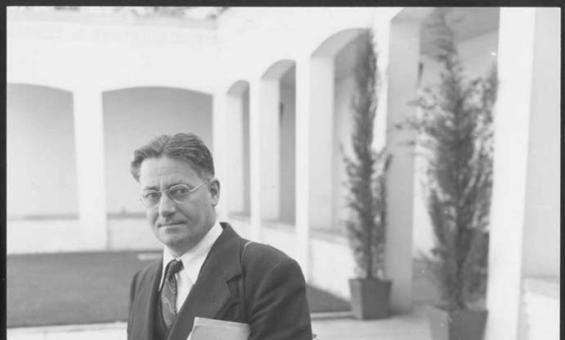
Australian News and Information Bureau. [Portrait of Howard Florey] [picture] / [Australian News and Information Bureau]. nla.gov.au/nla.obj-136743351
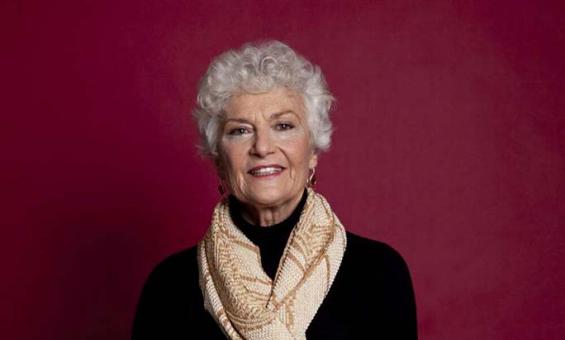
Philip Gostelow, Professor Fiona Stanley at the Telethon Institute for Child Health Research, Subiaco, Perth, 21 August 2013, 2013, nla.gov.au/nla.obj-153312966
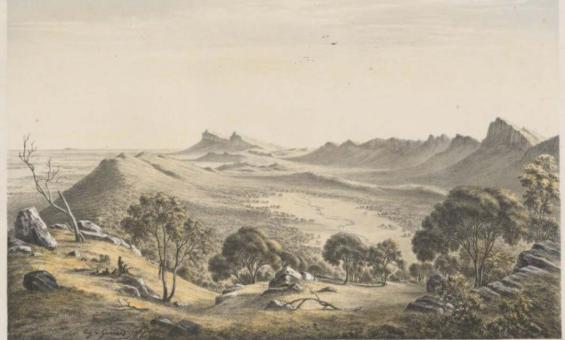
Eugene Von Guerard, Source of the Wannon, 1867, nla.gov.au/nla.obj-135740687
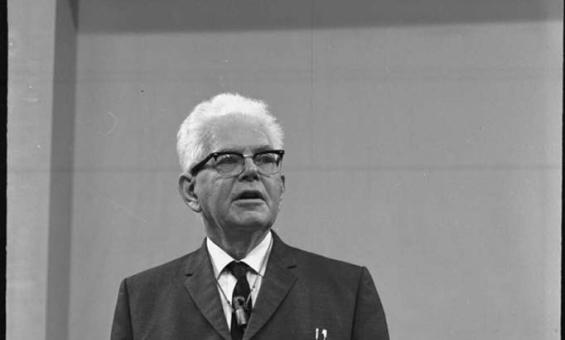
John Aloysius Mulligan, Sir Mark Oliphant lecturing at the University of Sydney, 1 September 1970, 1970, nla.gov.au/nla.obj-145323842
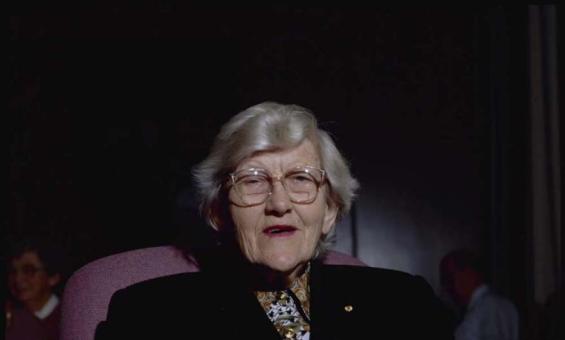
Damian McDonald, Portrait of Nancy Millis, 1999, nla.gov.au/nla.obj-144499251

Michael Jensen, Robert de Castella winning the gold medal at the Commonwealth Games Marathon, Brisbane, 1982, nla.gov.au/nla.obj-136995791